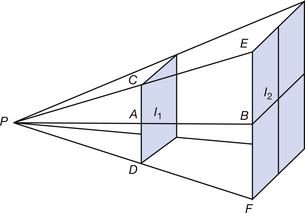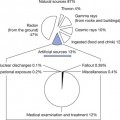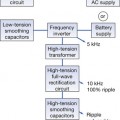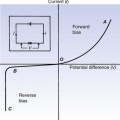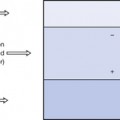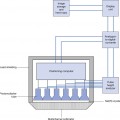Chapter 26 The inverse square law
Chapter contents
26.1 Aim
The aim of this chapter is to introduce the reader to the inverse square law and to explore its applications in radiography.
26.2 Intensity of radiation
To understand the inverse square law we must first understand what is meant by the term intensity.
As we have seen in Chapter 17, electromagnetic radiation is composed of quanta, each of which has an energy. If we draw a square of unit area at right angles to the path of a uniform beam of electromagnetic radiation (such as X-rays), then the total per energy second from all the quanta passing through the square is defined as the intensity of the beam, so that:
26.3 Statement of the inverse square law
• Small source – in practice this means small compared to the distance from the source to the point of measurement.
• Isotropic source – this means that it emits radiation in all directions. This is necessary in order that the intensity of the radiation is independent of the direction from the source.
• No absorption or scattering of radiation – this ensures that the radiation passing through an area is not affected by the medium through which the radiation passes. It is important to remember that back scattering of the beam from objects beyond the point of measurement must also be eliminated, as this would produce an increase in the intensity.
26.4 Similar-triangles proof of the inverse square law
Consider the situation shown in Figure 26.1. The radiation is produced at a point P and is allowed to fall on the square of side CD and the square of side EF. PB is twice the length of PA. Because the triangles are similar, we can say that EF must be twice the length of CD. So the area of the square of side EF is four times the area of the square of side CD.
Stay updated, free articles. Join our Telegram channel

Full access? Get Clinical Tree


